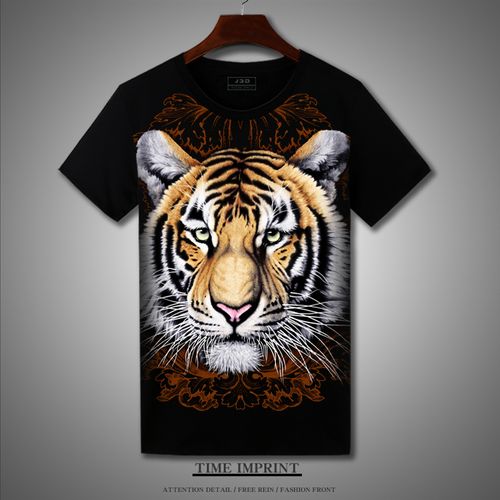Textile fabrics are also called knitted fabrics. According to the weaving method, there are two types: weft knitted fabrics and warp knitted fabrics. Weft-knitted fabrics are often made of low-elastic polyester filaments or special-shaped polyester filaments, nylon filaments, cotton yarns, wool yarns, etc., and are knitted on various weft knitting machines.
Textile fabric detection range
Soft textile fabrics, crisp textile fabrics , water-repellent and oil-repellent textile fabrics, far-infrared textile fabrics, transparent textile fabrics, thick heavy-duty textile fabrics, anti-static textile fabrics, anti-wrinkle and iron-free textile fabrics, glossy textile fabrics, functional textile fabrics, radiation-proof textile fabrics, resistance Burnable textile fabrics, anti-mite textile fabrics, negative ion textile fabrics, anti-mosquito textile fabrics, anti-UV textile fabrics, etc.
Textile fabric testing items
Material testing, quality testing, physical performance testing, Chemical performance testing, formaldehyde content testing, lead content testing, smoothness testing, bulkiness testing, softness testing, yarn count testing, density testing, breaking strength testing, tearing strength testing, heavy metal content testing, water absorption testing, water resistance Color fastness testing, flame retardant performance testing, etc.
Textile fabric testing standards (part)
1. GB/T 31007.2-2014 Textile fabric coding Part 2: Linen
2. GB/T 31007.4-2014 Textile Fabric Coding Part 4: Wool
3, GB/ T 31007.1-2014 Textile fabric coding Part 1: Cotton
4. GB/T 22970-2010 Textile fabric coding chemical fiber part
5. SAE AMS 3915-2013 Advanced composite materials. Nominal 250℉ hardening. Glass fiber and epoxy resin, 7781 textile fabrics
6. GOST ISO 36-2013 Vulcanized rubber or thermoplastic rubber. Determination of adhesive strength of textile fabrics
7. SANS 1423-2-2009 Performance requirements for low flammability textile fabrics. Part 2: Curtain and valance fabrics
8. SANS 10011-2007 Washing of textile fabrics, textile products and clothes Water tag
9. Textile fabric samples of SANS 83-2007 width
10. SANS 6163-2006 Water vapor transmission through textile fabrics
11. SANS 10076-6-2004 Defect evaluation of textile fabrics and finished products . Part 6: Defects of filament woven fabrics
12. SANS 10076-2-2004 Defect assessment of textile fabrics and finished products. Part 2: Disadvantages of woven terry cloth
13. SANS 10076-5-2004 Defect assessment of textile fabrics and finished products. Part 5: Woolen fabrics and worsted fabrics

:justify;white-space:normal;background-color:rgb(255,255,255);”>12.SANS10076-2-2004Defectevaluationoftextilefabricsandfinishedproducts.Part2:Defectsofwoventerrycloth
13. SANS 10076-5-2004 Defect assessment of textile fabrics and finished products. Part 5: Woolen fabrics and worsted fabrics







